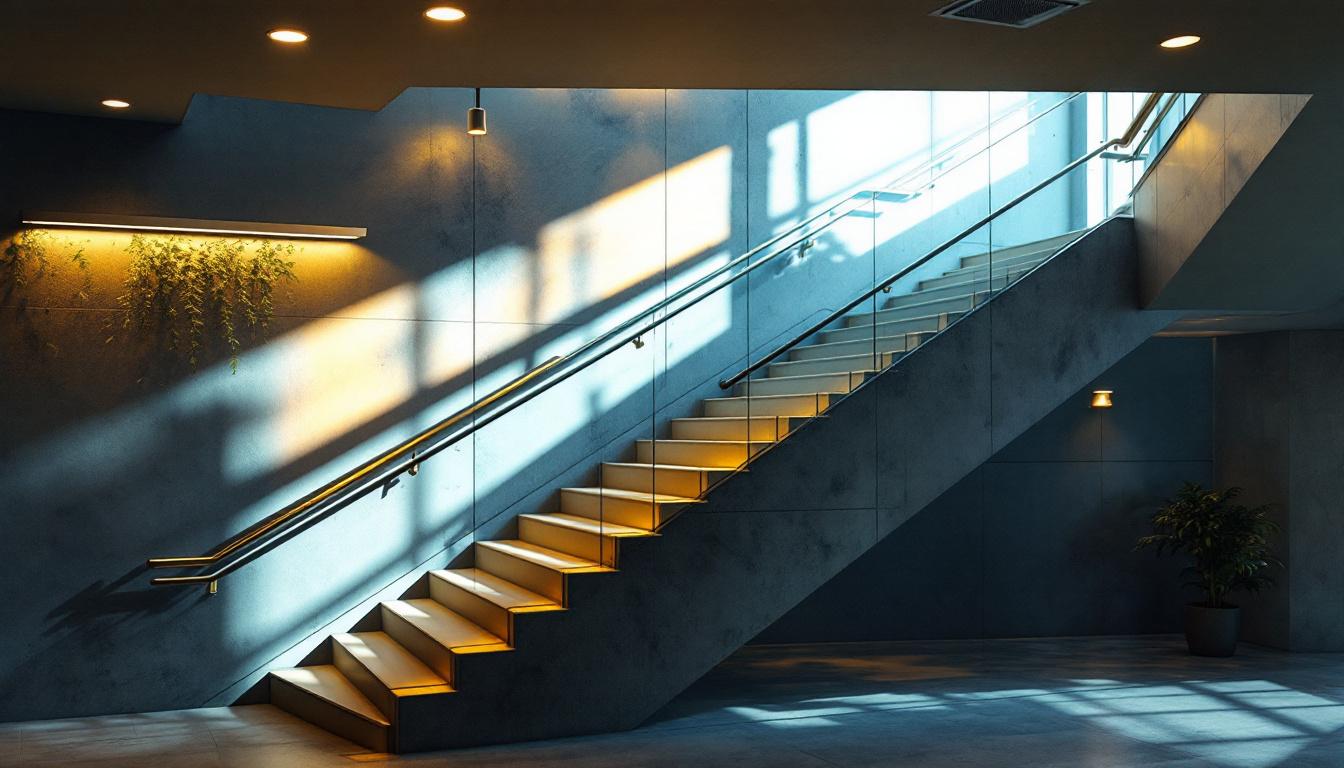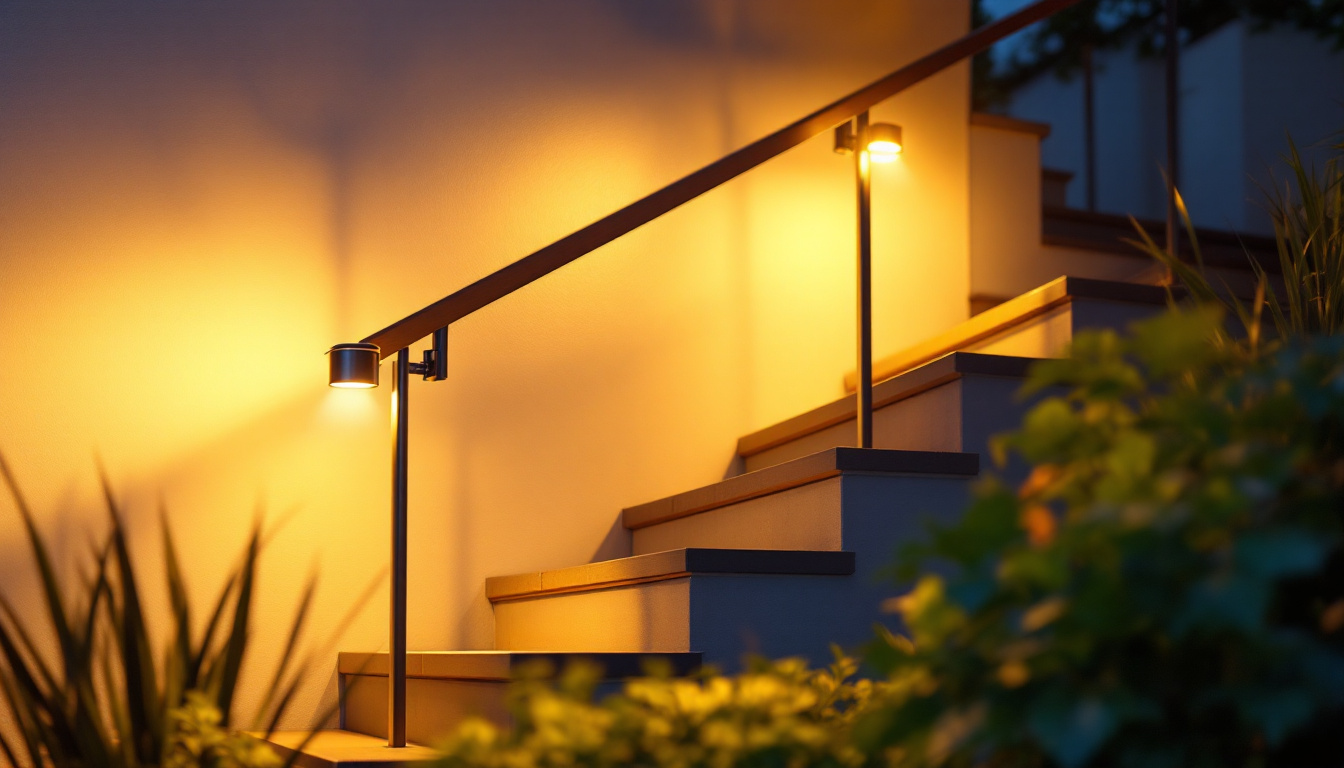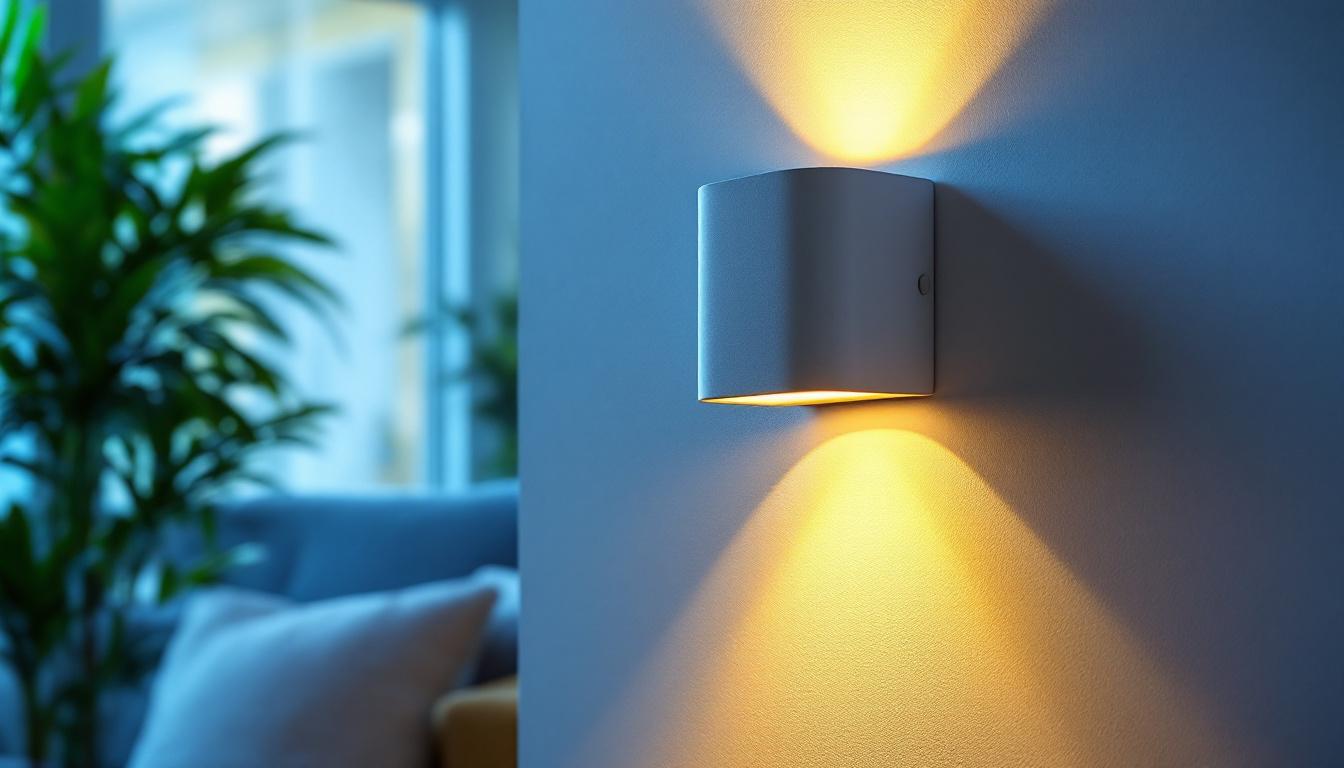
When it comes to commercial stairwell lighting, contractors often face a range of questions and challenges. Proper lighting is essential not only for aesthetics but also for safety and compliance with regulations. This article aims to address some of the most common queries lighting contractors encounter while working on commercial stairwell projects.
Stairwell lighting must adhere to specific regulations to ensure safety and accessibility. The National Fire Protection Association (NFPA) and the American National Standards Institute (ANSI) provide guidelines that outline the minimum illumination levels required in stairwells. Typically, the recommended illuminance level is around 10 foot-candles, but this can vary based on the building type and occupancy. For instance, commercial buildings may require brighter lighting compared to residential spaces, reflecting the increased foot traffic and the potential for emergencies.
Additionally, local building codes may impose stricter requirements. It is crucial for contractors to familiarize themselves with these codes to avoid potential legal issues and ensure the safety of occupants. Regularly consulting with local authorities and reviewing the latest regulations can help contractors stay compliant. Furthermore, it is essential to consider the use of emergency lighting systems that activate during power outages, ensuring that stairwells remain illuminated and accessible in critical situations. These systems not only enhance safety but also contribute to the overall compliance with fire safety regulations.
Achieving adequate lighting coverage in a stairwell involves strategic planning and placement of fixtures. Contractors should consider the layout of the stairwell, including the number of flights, landings, and any potential obstructions. Using a combination of ambient and task lighting can enhance visibility and create a welcoming environment. Incorporating wall-mounted fixtures or recessed lighting can help illuminate the stair treads and landings, reducing the risk of slips and falls.
Moreover, utilizing lighting design software can assist in visualizing how different fixtures will perform in the space. This technology allows contractors to simulate various scenarios and make informed decisions about fixture types, placements, and wattages. Testing the lighting in real-world conditions before finalizing the installation can also help identify any areas that may require adjustments. It’s also worth considering the color temperature of the lighting; warmer tones can create a cozy atmosphere, while cooler tones may enhance alertness and visibility. Additionally, incorporating motion sensors can optimize energy efficiency by ensuring lights are only activated when the stairwell is in use, further enhancing both safety and sustainability in the design.
When selecting fixtures for stairwell lighting, contractors have several options to consider. LED fixtures are increasingly popular due to their energy efficiency, longevity, and low heat output. They provide bright, consistent lighting while reducing energy costs over time. Additionally, LED fixtures are available in various styles, allowing for flexibility in design.
Fluorescent fixtures are another option, often used in commercial settings for their affordability and efficiency. However, they may not provide the same quality of light as LEDs and can require more frequent replacements. Contractors should weigh the pros and cons of each type based on the specific needs of the project and the client’s budget.
The color temperature of lighting plays a significant role in the overall ambiance and functionality of a stairwell. Warmer color temperatures (2700K-3000K) create a cozy and inviting atmosphere, while cooler temperatures (4000K-5000K) offer a more modern and clinical feel. For stairwells, a neutral white light (3500K-4000K) is often recommended, as it strikes a balance between warmth and brightness, enhancing visibility without being harsh.
Contractors should also consider the impact of color rendering index (CRI) when selecting fixtures. A higher CRI indicates that colors will appear more vibrant and true to life, which can be particularly important in spaces where aesthetics matter. Ensuring that the chosen fixtures have a CRI of 80 or higher is a good practice for commercial stairwells.
Energy efficiency is a critical consideration for modern lighting projects. Contractors can enhance the energy efficiency of stairwell lighting by opting for LED fixtures, which consume significantly less energy compared to traditional incandescent or fluorescent lights. Additionally, incorporating smart lighting controls, such as occupancy sensors and timers, can further reduce energy consumption by ensuring that lights are only on when needed.
Another effective strategy is to utilize daylight harvesting techniques. By installing skylights or large windows, natural light can illuminate stairwells during the day, reducing the need for artificial lighting. This not only saves energy but also creates a more pleasant environment for building occupants.
Smart lighting systems offer a range of benefits for commercial stairwell applications. These systems allow for remote control and monitoring of lighting, enabling contractors to adjust settings based on occupancy or time of day. This flexibility can lead to significant energy savings and improved user experience.
Furthermore, smart systems can provide valuable data analytics, helping contractors and building managers understand usage patterns and make informed decisions about future upgrades or changes. Integrating smart technology into stairwell lighting can enhance safety, reduce costs, and promote sustainability.
Safety is a paramount concern in stairwell design, and lighting plays a crucial role in enhancing visibility and preventing accidents. Contractors should ensure that all stairwells are adequately illuminated, particularly at landings and transitions. Using fixtures that provide uniform light distribution can help eliminate shadows and dark spots that may pose hazards.
Incorporating emergency lighting is also essential. In the event of a power outage, emergency lights should activate automatically to guide occupants safely down the stairs. These fixtures should be tested regularly to ensure they are functioning correctly and comply with safety regulations.
During emergency situations, effective lighting can be the difference between a safe evacuation and chaos. Stairwell lighting should be designed to facilitate quick and safe movement. This includes using bright, consistent lighting that remains operational during emergencies.
Contractors should also consider adding illuminated exit signs and pathway lighting to guide occupants to safety. These features should be strategically placed to ensure they are visible from all angles, even in low-light conditions. Regular maintenance checks are vital to ensure that all emergency lighting systems are in working order and compliant with safety codes.
Regular maintenance is essential to ensure that stairwell lighting remains effective and safe. Contractors should establish a maintenance schedule that includes routine inspections of fixtures, wiring, and controls. This can help identify any issues before they become significant problems, such as flickering lights or burnt-out bulbs.
Cleaning fixtures is another critical maintenance task, as dust and dirt can accumulate over time, diminishing light output. Depending on the type of fixtures used, cleaning may involve simple dusting or more thorough cleaning with appropriate materials. Ensuring that the lighting remains bright and unobstructed is vital for safety and aesthetics.
The frequency of lighting upgrades can vary based on several factors, including the type of fixtures used, the intensity of use, and technological advancements. Generally, LED fixtures have a longer lifespan than traditional lighting options, often lasting up to 25,000 hours or more. However, it is still advisable to review lighting performance every few years to determine if upgrades are necessary.
Contractors should also stay informed about new lighting technologies and trends. As energy-efficient solutions continue to evolve, upgrading to newer systems can provide improved performance, lower energy costs, and enhanced user experiences. Keeping an open line of communication with clients about potential upgrades can foster long-term relationships and ensure their spaces remain safe and inviting.
Lighting contractors often encounter various challenges when working on stairwell projects. One common issue is dealing with limited space for fixture installation. Stairwells can be narrow and may have structural elements that impede lighting placement. Creative solutions, such as recessed lighting or wall-mounted fixtures, can help maximize illumination without compromising the space.
Another challenge is coordinating with other trades during construction. Electrical work must align with plumbing, HVAC, and other systems, which can complicate scheduling and installation. Effective communication and collaboration among trades can help mitigate these challenges and ensure a smooth project flow.
To overcome challenges in stairwell lighting projects, thorough planning and clear communication are essential. Conducting a comprehensive site assessment before beginning work can help identify potential obstacles and inform fixture placement decisions. Engaging with other contractors early in the process can also facilitate better coordination and prevent delays.
Additionally, staying adaptable and open to alternative solutions can help contractors navigate unexpected challenges. Whether it involves adjusting fixture types or exploring different installation methods, flexibility can lead to successful project outcomes.
Commercial stairwell lighting is a vital aspect of building design that requires careful consideration and expertise. By addressing common questions and challenges, lighting contractors can enhance their understanding of the requirements and best practices for stairwell lighting. From compliance with regulations to selecting the right fixtures and ensuring safety, a comprehensive approach will lead to successful projects that meet the needs of clients and occupants alike.
As technology continues to evolve, staying informed about the latest trends and innovations in lighting will ensure that contractors remain competitive and capable of delivering high-quality solutions. Ultimately, effective stairwell lighting not only enhances safety but also contributes to the overall aesthetic and functionality of commercial spaces.
Ready to elevate your commercial stairwell projects with superior lighting solutions? Look no further than LumenWholesale, where we provide contractors with top-quality, spec-grade lighting products at unbeatable wholesale prices. Our extensive selection is designed to meet the highest industry standards, ensuring you get reliable, high-performance lighting that enhances safety and aesthetics in every space. With free shipping on bulk orders, you can enjoy premium lighting at the best value — without hidden fees or compromises. Make your next project shine with the perfect blend of quality, affordability, and convenience at LumenWholesale.

Discover how LED motion sensor floodlights can revolutionize cost-efficiency for lighting contractors.

Discover how outdoor steps solar lights are revolutionizing the work of lighting contractors by offering eco-friendly, cost-effective, and easy-to-install solutions.

Explore the science of retrofit LED bulbs and discover how they revolutionize lighting projects for contractors.

Discover how LED wall sconces can transform your indoor spaces while boosting energy efficiency.